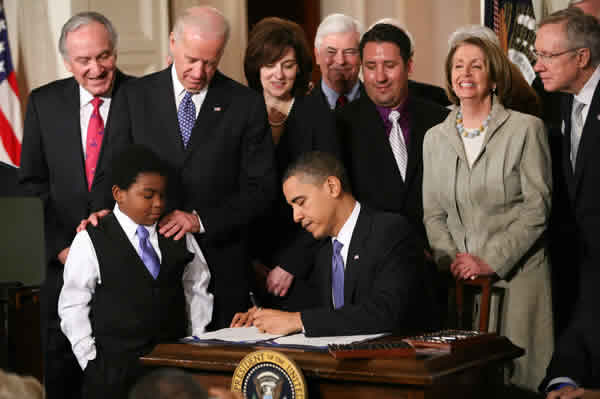What HHS Didn’t Tell You about Obamacare’s “Coverage”
Chris Jacobs /
This week, the Department of Health and Human Services (HHS) released a report claiming that health coverage may cost less than $100 per month for many of the uninsured. However, the HHS study left out a few key details.
First, more than half of those who will pay less than $100 per month according to HHS will do so because they will be placed into the Medicaid program.
Medicaid provides “coverage” only in the loosest sense of the term. Low reimbursements discourage many doctors from participating, and it’s difficult for many beneficiaries to find someone who will accept their “coverage”—leading some to call a Medicaid card a “hunting license…a chance to go try and find a doctor.” Even participants in the program have said Medicaid is not “real insurance,” precisely because they can’t find physicians to treat them.
Second, even those who do receive coverage on Obamacare’s exchanges will receive “coverage” very similar to Medicaid—in other words, plans that offer few choices when it comes to picking a doctor. Recent reports have highlighted that insurance companies are restricting patient choices for many exchange plans, raising concerns about whether some exchange plans will have enough in-network doctors to cover their patients. Some health insurers have admitted that their exchange plans will “look a lot like the Medicaid plans that we are currently administering”—a statement that should not be reassuring to potential insurance shoppers.
There are other methodological problems with the HHS study. For instance, the report extrapolated premium numbers based on early estimates to date; it’s possible that these premium rates could be unrepresentative of the country as a whole. More importantly, when it comes to HHS’s definition of “coverage,” and whether that health plan will provide quality care, it’s caveat emptor: Buyer beware.

